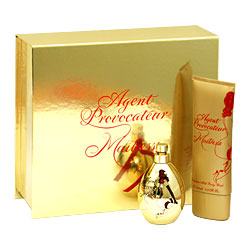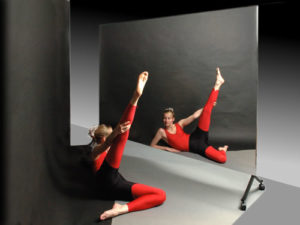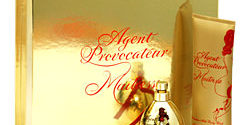
In many applications of everyday life, the mirror aspect is sought: in packaging to attract attention and trigger the act of sale, manufacturers of perfumes or spirits have noticed much better returns on sale with this aspect.
A special application is also the lightweight stretch mirror which makes it possible to obtain very large mirror surfaces for a weight/surface ratio that would be impossible to obtain with a conventional glass mirror.
MIRROR EFFECT WITH A METALLISED PLASTIC FILM
There are several ways to get a mirror effect with plastic films, with different levels of brightness depending on the application. It is then necessary to work on several characteristics: the aluminum deposit on the film measured by optical density (OD = the ability of the light to pass through the metallised film), the mechanical characteristics of the films, the transparency of the basic film (also called Haze), the surface of the film that will receive the deposit of aluminum metallisation.
The plastic film must be able to receive the layer of aluminum deposited under vacuum (several treatments exist, see our articles in this blog). Its mechanical characteristics must also be very stable. In fact, the film is subjected to mechanical stress, such as temperatures (molten aluminum and cooled cylinders) during the transformation of the film into metallisation or cutting. This can lead to shrinkage depending on the plastic film used (BOPP, HDPE, PET). The thickness of the film is also adjustable according to the application. It generally varies from 12µ to 200µ.
To obtain a gloss equivalent to that of a glass mirror, the transparency (or Haze) of the film must be as low as possible. The number of references of films with these characteristics are thus rather limited.

VERY CLEAR FILM METALLISATION : A REAL CONSTRAINT
The metallisation of these very transparent and very smooth films is a very special know-how. Micro-scratches must be avoided both during the vacuum metallisation process and during the cutting operation (Lengthening and delamination). The films used are commonly called “ultra-clear films” and are very sensitive to scratching and micro scratches. It is also very difficult to detect these micro scratches during th process because the speeds are high and the eye cannot detect them. It is therefore necessary to carry out checks after metallisation and correct machine settings (tensions, cylinder speeds, continuous optical densities, etc.)
Another constraint is the control of the winding of these film. Indeed, due to the very smooth appearance of the film surface, blocking phenomena can occur (in the same way that is difficult to slide 2 glasses on each other). Processes exist on cutting machines to avoid this type of problem.
TWO-WAY MIRROR: SEEING WITHOUT BEING SEEN !
One application is the two-way mirror. Indeed, by playing on the optical density, it is possible to obtain a two-way mirror which gives the possibility to see without being seen. The optical density used is then very low.
Other known applications: Windows of luxury packagings (boxes,…), toys, light stretched mirrors used to simulate large spaces (TV shows, fashion shows), Safety : mirror in equestrian applications (no risk of broken glass).
Michel Chauvois, Sales manager

